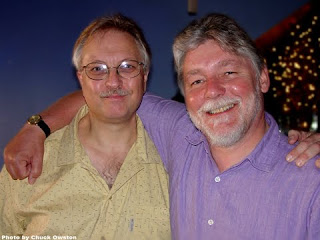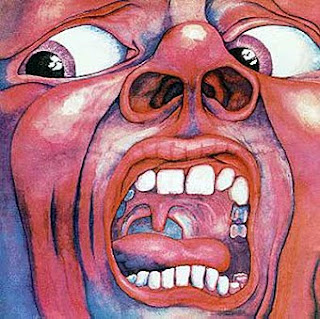It’s Traditional Tuesday and today’s song is Traffic’s version of the traditional tune “John Barleycorn Must Die.” While there are several versions of this same song, I favor Steve Winwood and Traffic’s rendition. This tune is about the barley season – from planting to harvesting.
I first heard this song on WDVE in Pittsburgh in 1972. Every week, DVE’s Jim Roach featured three hours of a particular artist and I religiously recorded these selections. During one weekend, Traffic was featured and I was hooked. Many of the cuts came from one album – their fourth – “John Barleycorn Must Die.”
I didn’t get this LP until much later as I had four of the six cuts on tape, but eventually gave in and got the vinyl version. This is absolutely my favorite Traffic LP and “John Barleycorn” is my favorite song. A great deal of sound was produced by this band then reduced to a three piece after the second exit of Dave Mason. Mason would be in Traffic three different times. In 1968, Traffic disbanded for the first time when Winwood left to pursue interests with the supergroup Blind Faith.
While other members would be added to the lineup, the nucleus of Traffic consisting of Winwood, Chris Wood, and Jim Capaldi reformed in 1969 and released “John Barleycorn Must Die” in 1970 – the first Traffic LP to sell over 500 thousand copies and attain gold status. While only featuring six cuts, the album was a change in direction for the band and showcased a variety of styles that were influenced from a multitude of sources.
Of the trio, Steve Winwood handled keyboards, guitar, bass, drums, percussion, and vocals; Chris Wood handled flute, sax, keyboards, and percussion; and Jim Capaldi was featured on drums, percussion, keyboards, and vocals. No session musicians were used on the “John Barleycorn” LP. On this track, Winwood is on acoustic guitar and vocals, Capaldi on tambourine and vocals, and Wood on flute.
As an aside, when I received my Irish bouzouki for Christmas two years ago, I began learning some folk tunes to add to my repertoire – one of these was “John Barleycorn Must Die.” Unless you read the song in its entirety, the imagery of this tune seems to be about a murder. One evening when I came home from work, I was caught at the front door by my wife who wondered about the gruesome lyrics my then 11 and 13 year old daughters found. They were worried that their dad was singing songs about a violent murder. Try as I might, I couldn’t convince anyone that the song really was about the barley season and not about some guy named John who was being savagely murdered.
The lyrics – you be the judge . . .
There were three men came out of the west
Their fortunes for to try,
And these three men made a solemn vow
John Barleycorn must die.
They've ploughed, they've sown, they've harrowed him in
Threw clods upon his head,
And these three men made a solemn vow
John Barleycorn was dead.
They let him lie for a very long time
Till the rains from Heaven did fall,
And little Sir John sprung up his head
And so amazed them all.
They've let him stand till Midsummer's day,
Till he looked both pale and wan.
And little Sir John's grown a long, long beard
And so become a man.
They've hired men with the scythes so sharp,
To cut him off at the knee,
They've rolled him and tied him by the waist,
Serving him most barbarously.
They've hired men with the sharp pitchforks,
Who pricked him through the heart
And the loader, he has served him worse than that,
For he's bound him to the cart.
They've wheeled him around and around a field,
Till they came unto a barn,
And there they made a solemn oath
On poor John Barleycorn
They've hired men with the crab-tree sticks,
To cut him skin from bone,
And the miller, he has served him worse than that,
For he's ground him between two stones.
And little Sir John and the nut brown bowl
And his brandy in the glass
And little Sir John and the nut brown bowl
Proved the strongest man at last
The huntsman, he can't hunt the fox
Nor so loudly to blow his horn,
And the tinker, he can't mend kettle nor pots
without a little barley corn




























